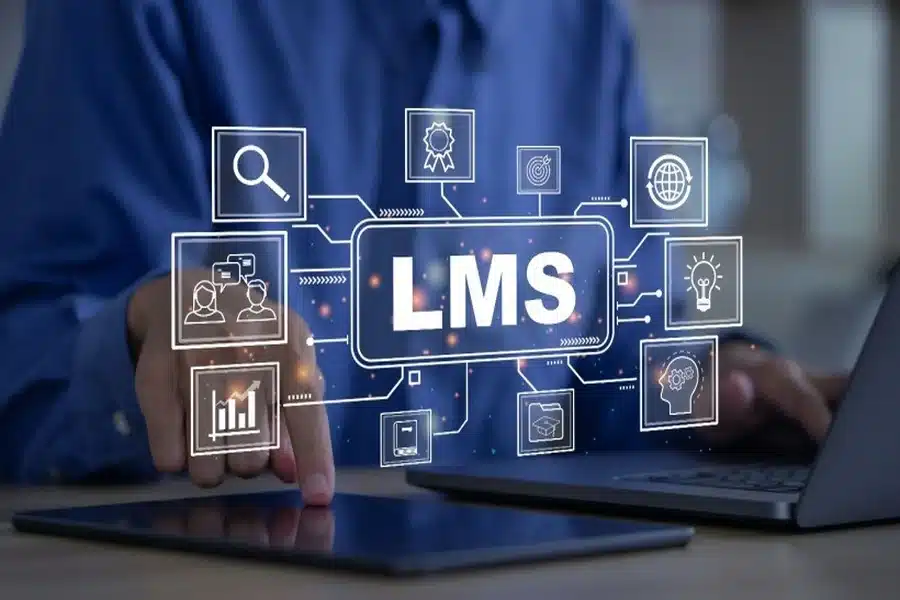How Thoughtful LMS Consulting Shapes Real Learning Outcomes for Organizations

Some organizations reach a point where their e-learning plans must meet the reality of technology. Choosing or improving a Learning Management System (LMS) is not easy. It isn’t about picking features from a list. It’s about the results those features can give.
What Really Makes an LMS Work
A platform that underperforms often looks similar to one that truly helps people learn. The difference is in the outcomes. A well-chosen LMS does more than hold courses. It supports engagement, helps people learn, and builds skills in your teams over time. Many people find the challenge is not just about what the system can do. It’s about ensuring the LMS fits the people using it and the business itself.
Getting the Details Right Matters
Leaders used to making big decisions know that an LMS can’t just be plugged in and expected to work well. The best results come from careful steps: understanding what the organization needs, how users learn, and ensuring the system matches what happens in real life. This work takes more than technical skills. It takes the ability to see what each group of users needs, even if those needs seem different.
Go Beyond Features—Focus on Outcomes
It’s easy to compare systems by features. The most effective systems start by asking what the organization wants to achieve. That could mean helping people remember what they learn, helping new hires get started faster, or ensuring everyone follows the rules. Then, the system is set up to do those things. For example, adding adaptive learning or analytics should answer a real need, not just be something extra. These changes need to fit naturally into how people already learn.
Customization Makes the LMS Work for You
Ready-made systems can be a starting point, but often they don’t fit every organization. Customization is about making the LMS useful and lasting. Personalizing the interface, setting up roles, and including company branding can help people use the system.
Some consulting teams help organizations determine what changes matter most. Their experience in different industries and learning settings helps them guide updates to platforms like Moodle. These changes are based on real data and user feedback, not guesses. Consulting perspectives are available here to see how this approach can affect learning, where every part of the LMS process is considered.
Smooth LMS Migration Is Possible
Switching from an old system to a new one or from one LMS to another takes planning and care. People want the change to be smooth and with little disruption. Users hardly notice the most successful moves. Data stays safe, and the learning experience doesn’t get interrupted. Getting this right takes careful steps, clear communication, and support after the switch.
Keep Making Your LMS Better
An LMS works best when it is improved over time. Making it faster and easier to use, updating it, and adding new features like gamification or AI-powered recommendations keep it useful. Organizations that get the most from their LMS treat this as ongoing work, not a one-time task.
The Role of Trusted Consultation
Outside experts can help. They don’t take the job away from you. Instead, they bring fresh ideas and special experience. Consultants who have seen the full process of LMS changes help organizations make clear decisions. Their job is to help you figure out what you want and help you get there. You can find insights in resources like this, where technology, user needs, and outcomes come together.
Conclusion
When organizations stop asking “what is available?” and start asking “what can we do?” with their LMS, they set themselves up for success. The best help is measured by how clear it makes the choices, the trust in the process, and the steady support that follows each decision.
